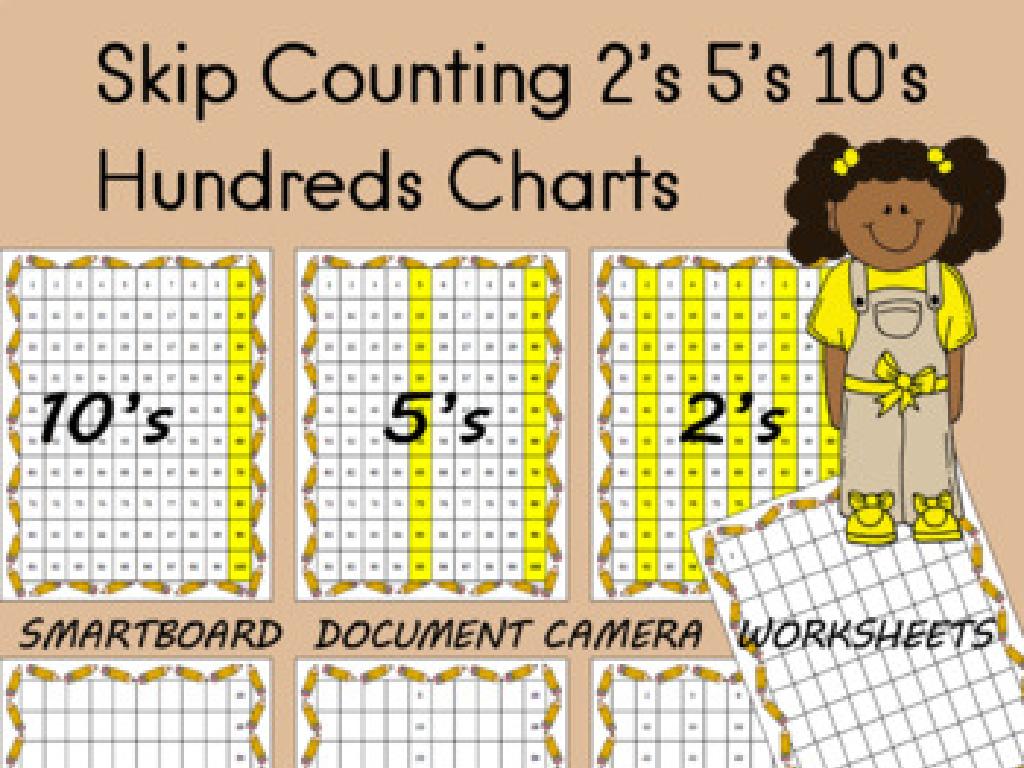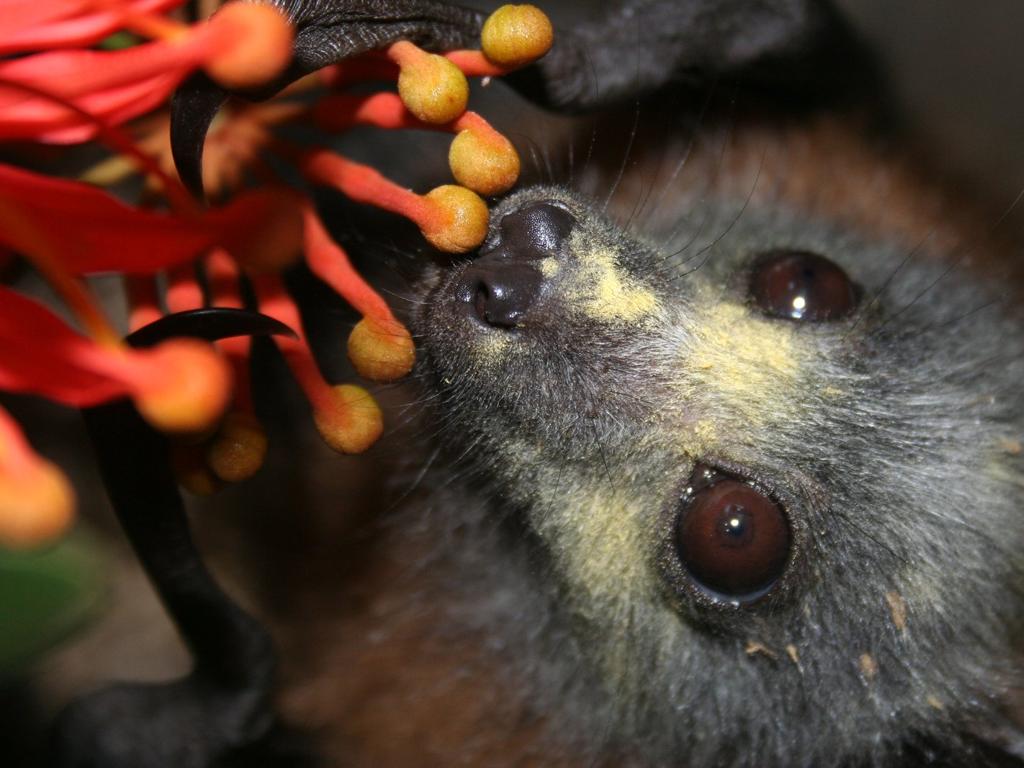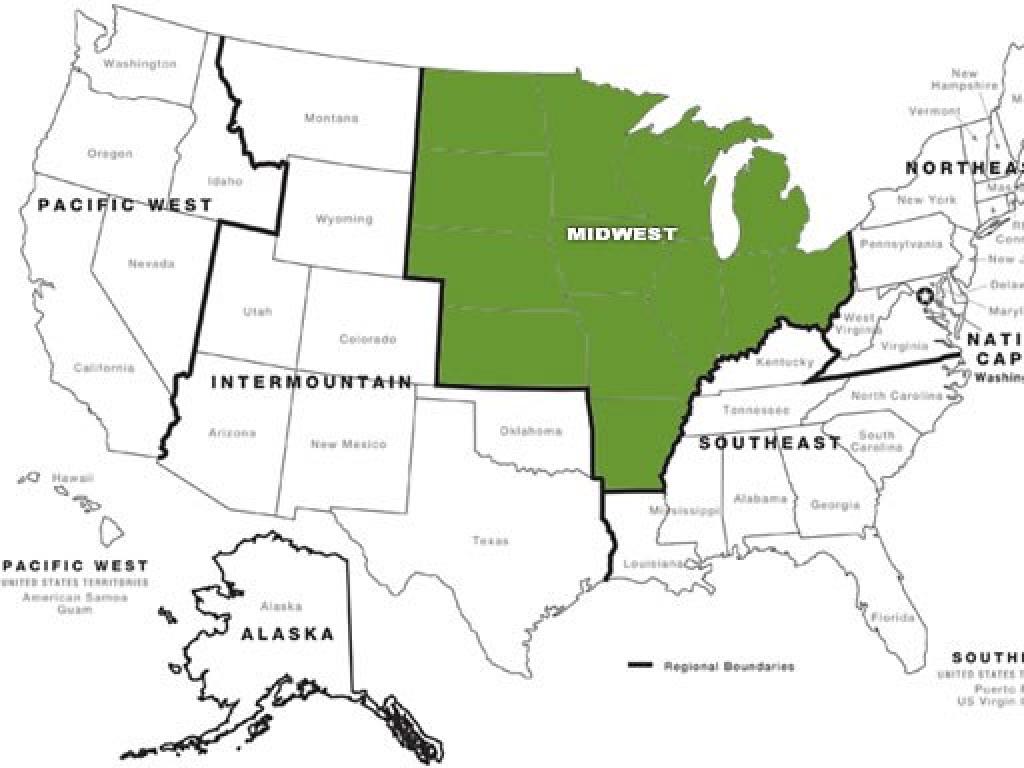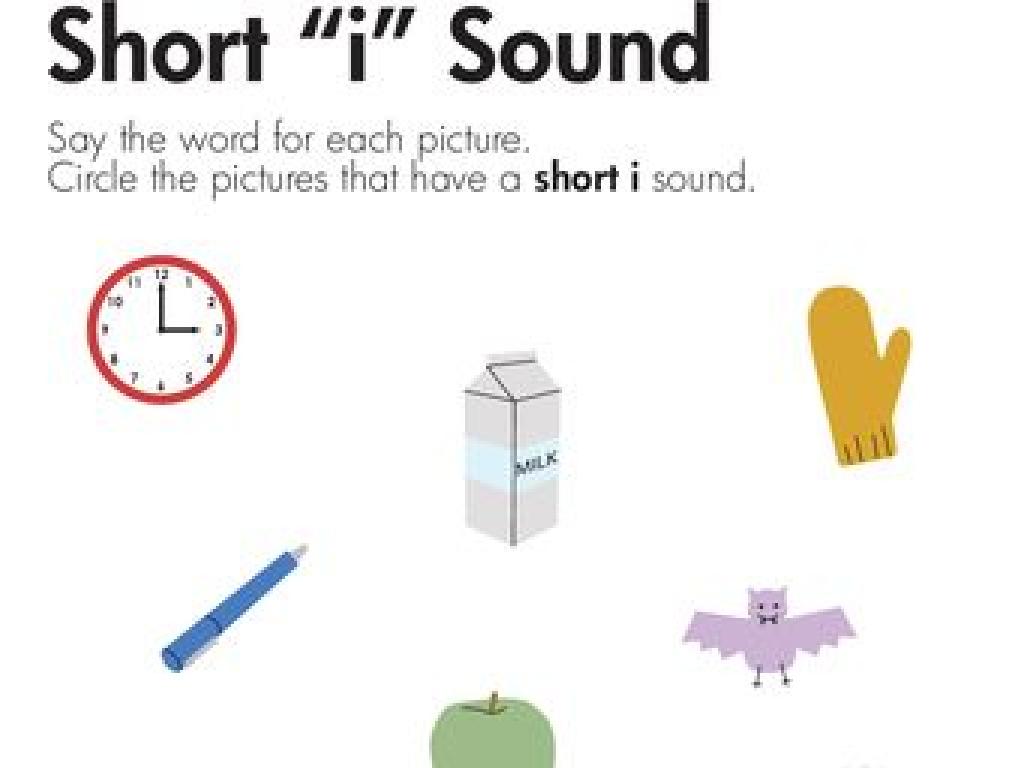Kwanzaa
Subject: Social studies
Grade: Second grade
Topic: Cultural Celebrations
Please LOG IN to download the presentation. Access is available to registered users only.
View More Content
Exploring Kwanzaa: A Cultural Celebration
– What is Kwanzaa?
– Kwanzaa is a holiday celebrating African heritage.
– Share your family holidays
– Tell us about a holiday you celebrate at home.
– Learning about cultures
– Knowing about other cultures helps us respect everyone.
– Kwanzaa makes us better friends
– Kwanzaa teaches us about unity and community.
|
This slide introduces students to Kwanzaa, a cultural celebration that honors African heritage and values. Start by explaining what Kwanzaa is and its significance. Encourage students to share their own family holiday traditions to create a personal connection and to highlight the diversity in the classroom. Emphasize the importance of understanding and respecting different cultures, and how this knowledge contributes to being better friends and citizens. Discuss the principles of Kwanzaa, such as unity and community, and how they can be applied in everyday life to foster a more inclusive and respectful environment.
Exploring Kwanzaa: A Cultural Celebration
– Kwanzaa celebrates African-American culture
– It’s a special week to honor African heritage in African-American communities.
– Observed December 26 – January 1
– Seven days filled with joy, family, and reflection.
– Includes music, food, and events
– People enjoy traditional music, share delicious meals, and participate in community gatherings.
|
Kwanzaa is a week-long celebration that honors African-American heritage and culture. It takes place after Christmas and leads up to the New Year. Each day of Kwanzaa focuses on a different principle, such as unity, self-determination, and collective work and responsibility. Music and storytelling are important parts of the celebration, as well as feasting on traditional African and African-American foods. Community events may include African drumming, dance performances, and the lighting of the Kinara. For this slide, encourage students to think about their own family traditions and how they bring people together, just like Kwanzaa does for those who celebrate it.
The Seven Principles of Kwanzaa
– Kwanzaa lasts for 7 days
– Each day has a special principle
– Day 1: Unity, Day 2: Self-Determination, etc.
– Principles strengthen communities
– Values like teamwork and helping each other
– Unity, Self-Determination, Creativity
– Being creative means making things or solving problems in new ways
|
This slide introduces the seven principles of Kwanzaa, which are central to the celebration and aim to strengthen communities. Each day of Kwanzaa, from December 26th to January 1st, focuses on a different principle. These principles include Unity (Umoja), which encourages togetherness, Self-Determination (Kujichagulia), which inspires people to make choices that benefit the community, and Creativity (Kuumba), which is about finding new ways to improve the community. Discuss each principle briefly and encourage students to think of ways they can apply these values in their lives. For example, working together on a class project (Unity), choosing a book to read (Self-Determination), or creating artwork for the classroom (Creativity).
Symbols of Kwanzaa
– Kwanzaa has special symbols
– Symbols help celebrate African heritage
– The Kinara holds seven candles
– Each candle stands for a Kwanzaa principle
– Crops, mat, and gifts are symbols too
– Mazao, Mkeka, and Zawadi represent harvest, tradition, and promises
– Each symbol has a meaning
|
This slide introduces the symbols of Kwanzaa, which are key to understanding the celebration and its values. The Kinara, with its seven candles, is central to the holiday, with each candle representing one of the seven principles of Kwanzaa, known as the Nguzo Saba. Other symbols include Mazao (crops) symbolizing the rewards of productive and collective labor, Mkeka (a mat) representing history, culture, and foundation, and Zawadi (gifts) reflecting the commitments made and kept. Discuss each symbol’s significance and how they contribute to the celebration of African heritage and community values. Encourage students to think about what each principle means to them and how these symbols might be similar or different from those in other celebrations they know.
Celebrating Kwanzaa
– Families light Kinara candles
– Kinara holds seven candles representing principles
– Children get educational gifts
– Gifts like books or art to learn about heritage
– Karamu feast on December 31st
– A joyful meal with family to celebrate Kwanzaa
|
This slide introduces students to the celebration of Kwanzaa, a cultural holiday observed by many African American families. Each night of Kwanzaa, families gather to light candles on the Kinara, which is a candle holder with seven candles, each representing different principles such as unity and creativity. Children often receive gifts that have educational or cultural significance, which can include books about African history or traditional art supplies. The Karamu feast on December 31st is a significant event where families come together to enjoy a large meal and celebrate their culture and community. Encourage students to think about their own family traditions and how they bring people together.
Kwanzaa Around the World
– Kwanzaa’s origin in the US
– Celebrated globally now
– Unique celebrations worldwide
– Each country adds its own customs to Kwanzaa.
– Honors African heritage
– A time to remember and honor African culture and history.
|
Kwanzaa began in the United States and has since spread to other countries, allowing people from all over to celebrate African heritage and culture. While it started as a way to bring the African-American community together, it now unites people across the globe. Each place that celebrates Kwanzaa might add its own local traditions or customs, making each celebration unique. This slide aims to show students how a cultural celebration can grow and be embraced by different communities worldwide. Encourage students to think about what it means to share and celebrate culture and heritage, and how celebrations can bring people together.
Class Activity: Create Your Own Mkeka Mat
– Let’s celebrate Kwanzaa together
– Make your Mkeka mat with colorful paper
– Use different colors to design your mat
– Choose colors that mean something special
– Colors can represent things like unity, love, or growth
– Share what each color represents
|
In this activity, students will engage in the celebration of Kwanzaa by creating their own Mkeka mats, which are traditional straw mats used during the holiday. Provide a variety of colorful paper and crafting materials. Guide the students to think about the symbolism behind the colors they choose, relating them to Kwanzaa’s principles or personal family values. Possible activities: 1) Students can work individually on their mats, 2) Pair students to discuss the meaning of their chosen colors, 3) Create a large classroom Mkeka mat where each student contributes a piece, 4) Have students present their mats and explain their color choices, 5) Display the mats in the classroom as part of a Kwanzaa display.






